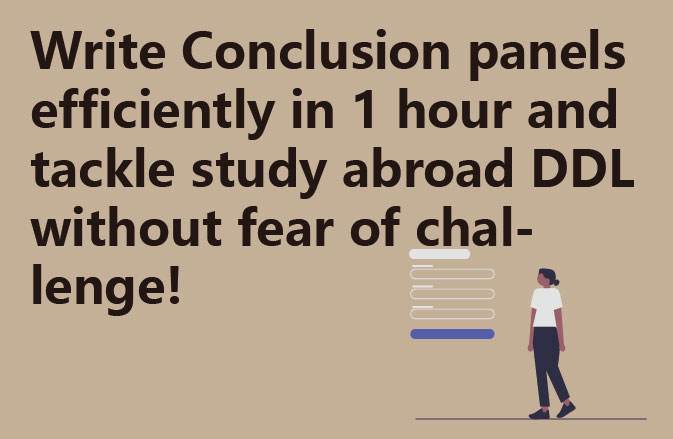Write Conclusion panels efficiently in 1 hour and tackle study abroad DDL without fear of challenge!
The Conclusion section of the Essay, like the Introduction, occupies about 10% of the text, so how can you present a conclusion that will make the professor’s eyes light up with a short statement? This is undoubtedly the focus of attention of many students studying abroad. We would like to share with you some tips and practical examples of writing Conclusion, in order to help sisters ease the anxiety of DDL.
Conclusion is not just a repetition of the previous essay, it is more important to deepen the theme, while ensuring the first and last correspond to each other to strengthen the reader’s understanding of the theme of the paper. If you want to get good grades while studying abroad, it is important that you pay real attention to this part of your writing.
Today, I have a selection of Conclusion writing strategies and practical texts that I hope will help you.
Conclusion Writing Strategies
Summarise the whole paper
Briefly summarise the entire paper, the essence of which is to discuss the core results of the research process, outline the basic ideas of the study and its findings.
Answer the research question
Recall the research question set out in the introduction, respond to it in the conclusion, and make it clear whether the hypothesis of the study has been validated, that is, whether the conclusion supports the hypothesis. This is exactly the mechanism of the first and last echo!
Emphasise the value of the research
Explain that the research is significant, e.g. a contribution to a related field.
Make recommendations for future research
Predict future research trends in the epitope, point out existing research gaps or limitations, and then propose deeper research directions and recommendations.
Practical Examples of Conclusion
Restatement of objectives
Summarise research results
Detail the importance of the research results or contributions made
Reveal gaps in current research
Suggest improvements in related areas




